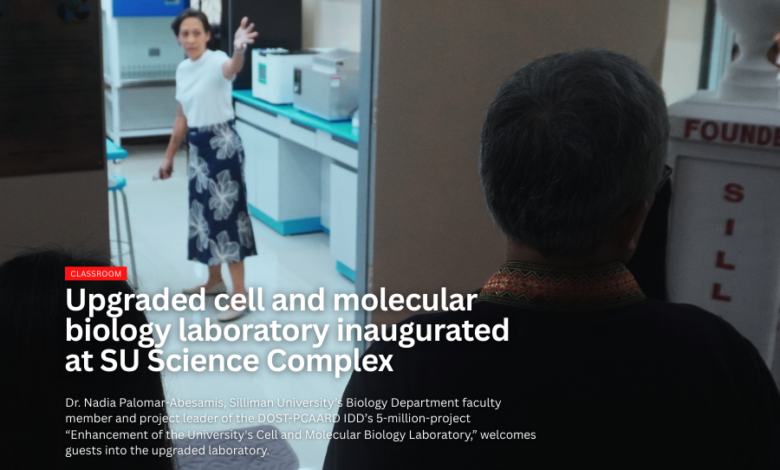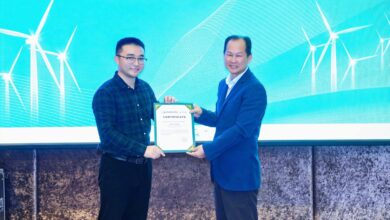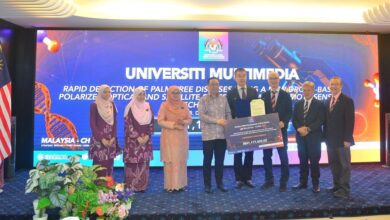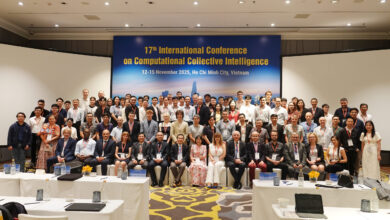Upgraded Cell and Molecular Biology Laboratory Opened at SU Science Complex for Research and Conservation

An upgraded cell and molecular biology laboratory has been officially opened at the Silliman University (SU) Science Complex. The inauguration occurred on November 20, 2025, and was organized by the College of Arts and Sciences (CAS) Biology Department, led by Associate Professor Michael Lawton R. Alcala. This new facility represents a significant enhancement in the university’s research capabilities, with a focus on advancing scientific knowledge and promoting biodiversity conservation in the region.
Inauguration Event
Attendees at the event included representatives from various partner agencies and institutions, such as the Department of Science and Technology-Philippine Council for Agriculture, Aquatic and Natural Resources Research and Development (DOST-PCAARRD), the Department of Environment and Natural Resources (DENR), along with officials from several academic institutions.
Upgraded Laboratory Facilities
Dr. Nadia Palomar-Abesamis, a faculty member in the Biology Department and the project leader supported by DOST-PCAARRD IDD, indicated that the upgraded laboratory reflects the realization of initial goals that have evolved into a more expansive vision through collaboration and sustained effort. The previous laboratory space of 24.5 square meters has been expanded to a 72-square-meter facility, designed to support advanced molecular research and accommodate a larger number of researchers.
Enhancing Research Capabilities
Engr. Wilmar Lastimosa from DOST-PCAARRD IDD commented on the initiative’s aim to enhance research capabilities, noting that the multimillion-peso project is intended to bolster wildlife conservation efforts. He expressed confidence that the new laboratory would significantly contribute to preserving biodiversity in the province.
Potential for High-Quality Research
Dr. Dalisay E. Cabral of DOST-PCAARRD acknowledged the laboratory’s potential to facilitate high-quality research into genetic diversity and the conservation of endemic and endangered species. She emphasized the importance of technological advancements for ongoing research and development projects in the area.
Future Collaborations and Funding
The inauguration of the laboratory also represents an opportunity for future collaborations. Dr. Kent E. Carpenter from Old Dominion University highlighted the facility’s role as a catalyst for international scientific partnerships and expressed optimism about upcoming research projects, which are expected to attract substantial external funding.
Ongoing Research Outputs
The upgraded laboratory has commenced operations and has already yielded several research outputs, including a publication on DNA barcoding of freshwater eels and ongoing studies on various species. These developments illustrate a collective commitment to advancing scientific research and education at Silliman University.
(Source: Silliman University)




